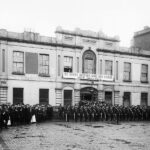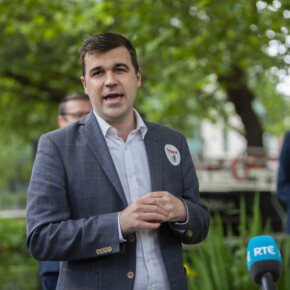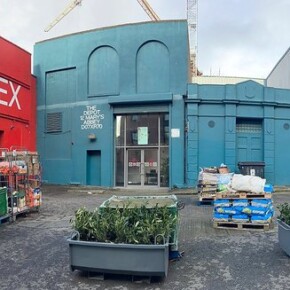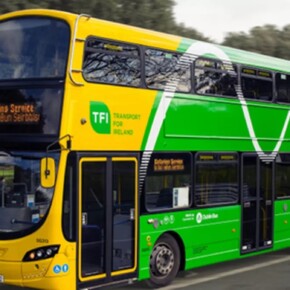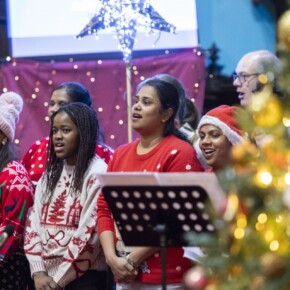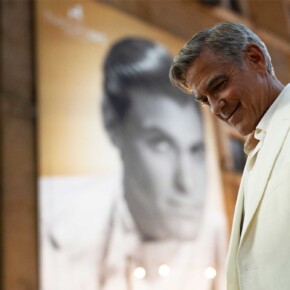HISTORY: Who were the Irish Citizen Army?
Dublin People 10 Mar 2017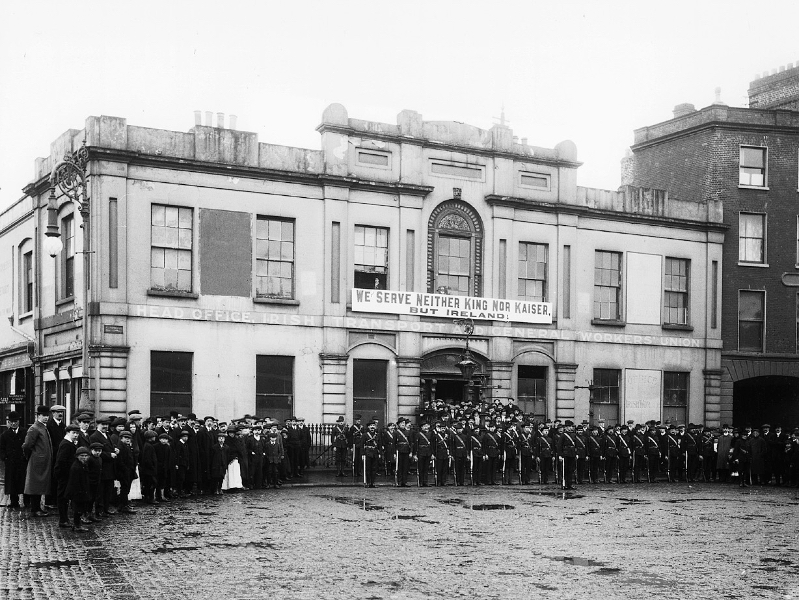
THE Irish Citizen Army was founded during the Lockout to defend workers against attacks by the Dublin Metropolitan Police (DMP).
On August 31, 1913, Jim Larkin was arrested after giving a speech from a window in the Imperial Hotel opposite the GPO.
As the union leader was being led away by the DMP, Countess Markievicz ran to shake his hand only to receive a policeman’s fist in her face.
The police, who had been drinking, went on a rampage on Sackville Street, beating man, woman and child.
After a long weekend of violence three people succumbed to their injuries and died.
Hundreds more were injured and the newspapers referred to it as ‘Bloody Sunday’, one of many such tragic Sundays over the course of the 20th Century in Ireland.
Reminiscing on the formation of the Irish Citizen Army, Frank Robbins maintained it was founded to protect “the lowly paid and despised workers” who were “murdered, imprisoned and brutally beaten by the armed forces of the British Crown.”
The three main founders of the ICA were James Connolly, Jim Larkin and Captain Jack White, a former member of the British Army and son of a well known Loyalist.
On November 13, Connolly, speaking to a large crowd at Liberty Hall, said: “The next time we are out for a march I want to be accompanied by four battalions of our own men”.
The ICA first mustered in Croydon Park, Fairview on November 23, 1913 where Captain White did his best to organise about 40 hungry, bedraggled and undisciplined men.
They had no uniforms or guns; just a few hurleys and plenty of courage. During the Lockout the ICA acted as a deterrent to any police action against the strikers and they were a welcome presence at any pickets and certainly acted as a morale booster.
When the strikes ended in January 1914 a meeting was held in Liberty Hall to decide upon the future of the ICA.
Rather than disband it, Sean O’Casey, Markievicz, Connolly and others resolved to reorganise it and turn it into a permanent revolutionary force.
A new constitution was adopted which avowed that the “ownership of Ireland, moral and material, is vested of right in the people of Ireland.”
An order was given to the famous Dublin firm, Arnotts, for 50 uniforms of dark green serge topped off with a slouched or Cronje hat pinned with the red hand badge of the union. Under a new flag, the ‘Starry Plough’, the army cut quite a figure as they marched through the streets of the capital.
When Larkin left for the US in October 1914, James Connolly took charge of the ITGWU and the Citizen Army. He appointed a new chief-of-staff, Michael Mallin, who had spent a dozen years in the British Army. It was Mallin who really whipped the ICA into shape in preparation for the coming revolution.
Tom Clarke was careful to invite the ICA to attend, with the Irish Volunteers, the funeral of O’Donovan Rossa in August 1915.
More importantly the Irish Republican Brotherhood were to welcome Connolly into their organisation in January 1916 thus ensuring that the Irish Citizen Army would join forces with the Irish Volunteers, Cumann na mBan and Na Fianna Éireann during the Easter Rising.
Lorcan Collins runs the Michael Collins Walking Tour (www.michaelcollinstour.com) and the 1916 Walking Tour (www.1916rising.com). His books, published by O’Brien Press, include 1916: The Rising Handbook (2016) and James Connolly: 16 Lives (2012).
- HISTORY: Who were the Irish Citizen Army?


